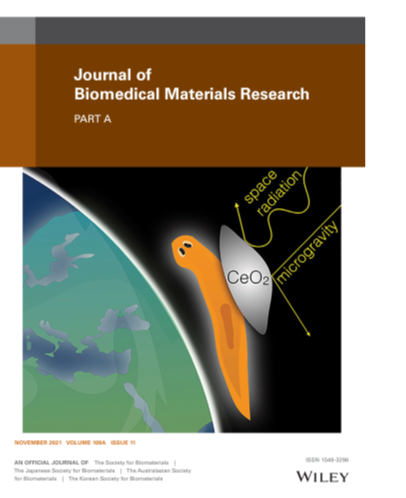Species production in altered gravity conditions: Preliminary investigation on planarians (PlanOx2)
Research domain: LifeTech - Subtopic: Bio-MaterialsSpace exploration is hampered by a series of biological challenges. Astronauts and other organisms, including those intended to become food, need to overcome different sources of stress while staying in extraterrestrial habitats. Among them there is the accumulation of radicals. Conventional antioxidants are a limited resource during space travel. Small organic scavengers for reactive oxygen species (ROS) are consumed as they exert their function, and proteinaceous detoxifying enzymes display limited half-life and little capability to move across biological compartments. PlanOx2 (CORA-GBF/DT/PF-2017) proposes a nanotechnological solution to the problem. Cerium oxide nanoparticles (nanoceria, NC) are nanoparticles oxides of the rare-earth metal cerium. Due to surface defects on their crystalline structure, NC mimic the action of antioxidant enzymes, becoming self-renewable and long-lasting antioxidants with promising applications for space travel. NC is also highly biocompatible. The project aims at testing the protective effects of NC against oxidative stress in different gravity conditions, using the flatworm Dugesia japonica as a model. Further aims of our study are the deepening of our knowledge about the effects of altered gravity on stem cell proliferation, determination and tissue regeneration, and the molecular mechanisms that lead to ROS production when gravity is altered.
Project funding: European Space Agency (ESA)
Journal cover depicting nanoceria, or cerium oxide nanoparticles, as a shield against space radiation and microgravity. The portrayed organism is a planarian worm, a hardy experimental model suitable for biological research in space.

